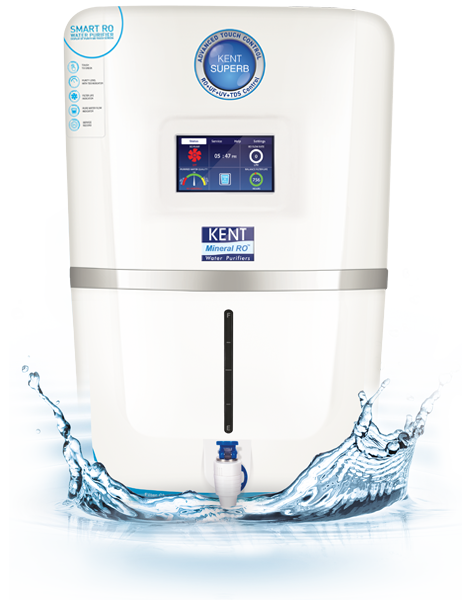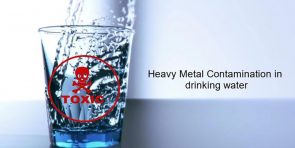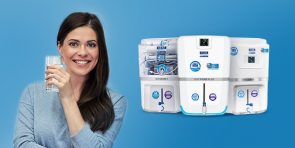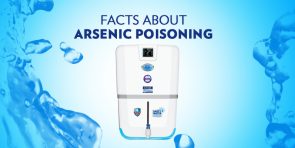The Ultimate RO Quiz
Families and individuals who have access to clean drinking water should consider themselves lucky. According to a WHO report on drinking water sanitation, globally at least 1.8 billion people drink water from contaminated water sources. Consuming contaminated water is detrimental to one’s health and can transmit diseases like diarrhoea, cholera, dysentery, typhoid, and polio. Nearly 502000 deaths occur every year from diarrhoea and dysentery. This is shocking considering a simple dose of antibiotics and access to clean drinking water can prevent and deter the occurrence of the disease.
But let’s take a departure from these ominous reports. The good news is that in 2015 it was reported that 91% of the world’s population had access to an improved drinking water source, compared with 76% in 1990. Government intervention, awareness programs, efforts of non-profit organizations and emergence of advanced RO purification technology can be attributed to this positive outcome.
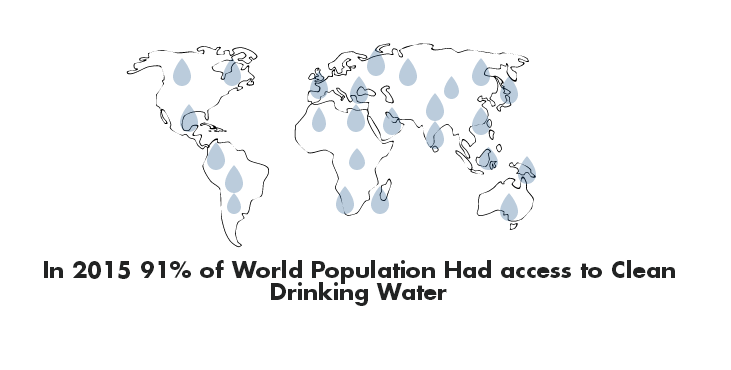
In India, both rural and urban areas don’t have access to treated water sources. As a result, it becomes imperative to install water filters that are designed for domestic use. KENT has developed a wide range of water purification system that addresses specific need and requirement of every household. But how much do we know about the water filter systems? How do we determine which water purifier is ideal for our environment?
To help you answers about the water filter, we have developed the following RO quiz you. Each question will attempt to explain the process involved in cleaning and processing clean drinking water.
What is Reverse Osmosis Process?
The Reverse Osmosis is by far the finest water filtration process known. Also known as hyper filtration, the reverse osmosis process can be divided into following steps –
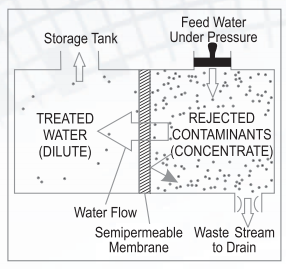
- First Step- The process reduces the size of particles to the size of ions from the solution
- Second Step- The Semipermeable membrane then reduces the salt content from the briny water
- Third Step- Water pressured is applied to the concentrated side, this forcing the process of osmosis into reverse. This lead to the squeezing out of treated water from the concentrated side to the diluted side
- Fourth Step- Salts dissolved in water as charged ions are repelled by the RO membrane
- Final Step- The rejected impurities gush out as a stream of water
What is UV process?

When buying KENT product, you may have come across the term UV. UV is a short-form for ultra-violet rays. KENT purifiers use the UV technology to help purify water. Since UV light has a shorter wavelength than visible light, the UV rays penetrate into micro-organisms present in the water. These lights are absorbed by the DNA of the pathogen (bacterium & virus) in the water in such a way that the pathogens cannot reproduce. Therefore, UV process kills the pathogens, thus reducing the infection in the water.
What is TDS? What is the role of TDS Controller?
TDS stands for total dissolved solids. Expressed in units of mg per unit volume of water, TDS comprises of both organic and inorganic present in different forms of water. According to WHO guidelines, the palatability of drinking water can be rated as under –
| Unit | Ratings |
| Less than 300 mg/liter | Excellent |
| Between 300 and 600 mg/liter | Good |
| Between 600 and 900 mg/liter | Fair |
| Between 900 and 1200 mg/liter | Poor |
| Greater than 1200 mg/liter | Unacceptable |
While high TDS levels are detrimental to health, low TDS levels make the water taste insipid and tasteless. That is why water filters from KENT come with inbuilt TDS controller. Depending upon the water supplied to your home, the TDS levels in the water are adjusted. Thus the taste of the water is superior, and natural nutrients are not lost.
Knowing about the water purification technique will not only help individuals pick up an RO purifier that is suitable for them, but will also give you an insight about into the research and development that has gone into the manufacturing of this new-age consumer appliance.


